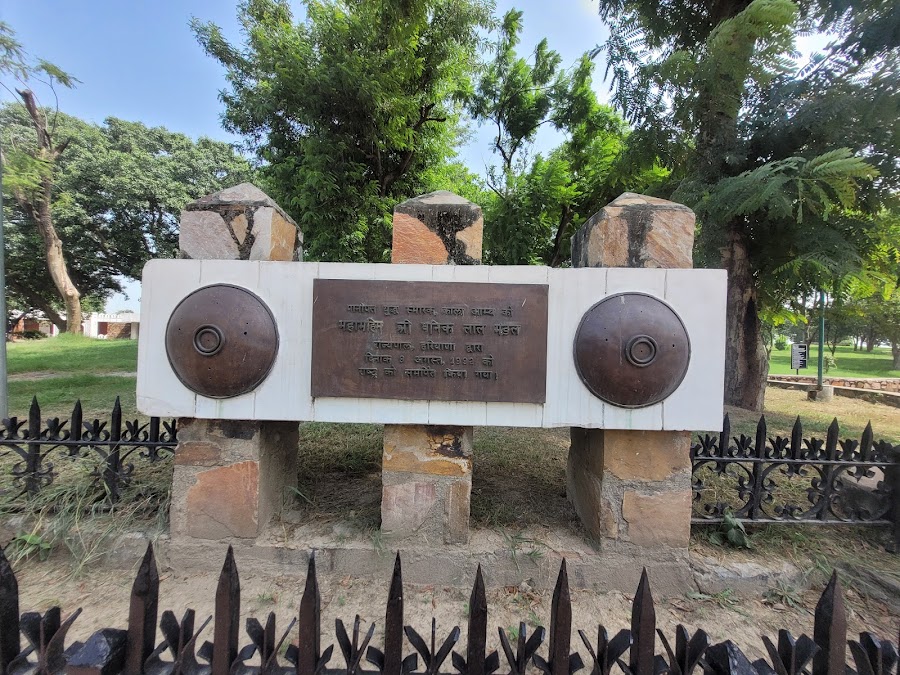
Kala Amb
Panipat, India
- Learn about the Maratha Empire and Abdali.
- Read about the battle's significance.
- Reflect on the Third Battle of Panipat.
- Take photos of the historical landmark.
- Visit the Kala Amb memorial site.
Known for:
Description:
Kala Amb, located near Panipat, Haryana, is a historically significant site commemorating the Third Battle of Panipat. It's marked by a mango tree (now replaced) that is said to have turned black ('Kala' means black) due to the bloodshed during the battle. The site offers a somber reminder of the fierce battle fought between the Maratha Empire and the Afghan army of Ahmad Shah Abdali in 1761. Visitors can explore the memorial and reflect on the historical importance of the location. While not a bustling tourist destination, Kala Amb provides a poignant glimpse into India's past, attracting history enthusiasts and those interested in learning more about this pivotal event in Indian history. The surrounding area is generally peaceful, offering a quiet space for contemplation.
History:
Kala Amb's historical significance is deeply rooted in the Third Battle of Panipat, fought in 1761. This battle was a clash between the Maratha Empire, who were expanding their influence northward, and the Afghan forces led by Ahmad Shah Abdali. The battle resulted in a decisive victory for the Afghans, halting the Maratha expansion and significantly altering the political landscape of India. Legend has it that a mango tree at this location turned black due to the immense bloodshed, thus giving the place its name, 'Kala Amb' (Black Mango). The memorial at Kala Amb serves as a reminder of the thousands of soldiers who lost their lives in this crucial battle, and the impact it had on the course of Indian history. Over time, the original tree perished and a new tree and memorial were erected to keep the memory alive.